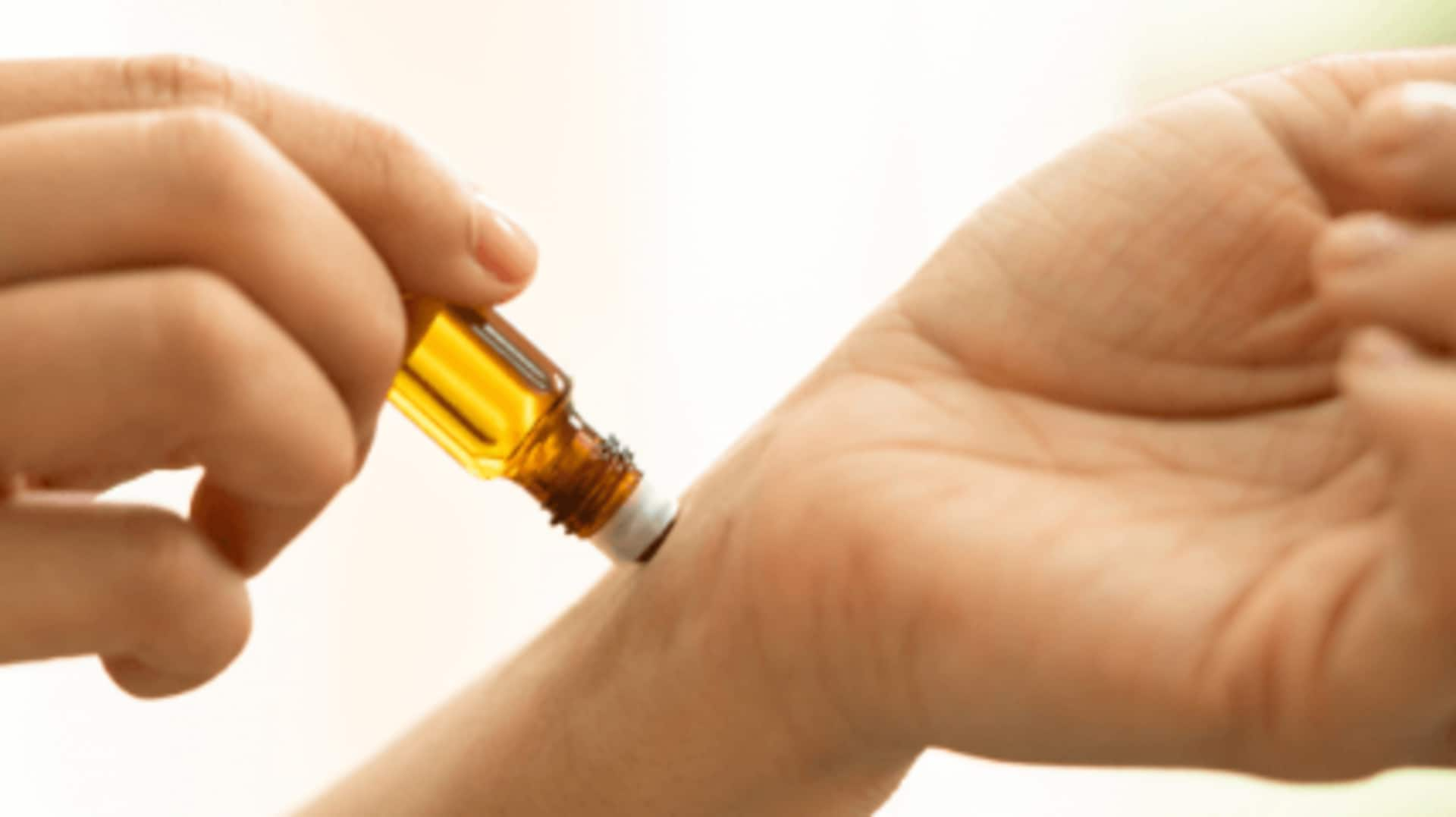
Enhancing emotional balance with DIY aromatherapy roller balls
What's the story
Aromatherapy has long been acknowledged for its positive effects on emotional health. Making your own aromatherapy roller balls at home is an easy and affordable way to tap into these benefits. This article delves into the process of creating and utilizing these roller balls to boost your emotional equilibrium. It covers the choice of essential oils, the preparation method, and the technique of application.
Choosing oils
Selecting the right essential oils
Choosing the right essential oils is key to making a good aromatherapy roller ball. For calming and stress relief, lavender and chamomile are great choices. If you need a mood boost, citrus oils like orange or grapefruit are refreshing. For focus and mental clarity, peppermint and rosemary are perfect. Remember to use high-quality, pure essential oils for the best experience.
Assembly
Preparing your roller ball
To make your roller ball, you'll need a 10ml glass bottle, which are about $2 in bulk. Drop 10-15 drops of essential oil or blend into the bottle. Fill the rest with a carrier oil like jojoba or sweet almond. This dilutes the essential oils to a safe skin concentration and helps them absorb.
Usage tips
Applying your aromatherapy roller ball
Apply your DIY aromatherapy roller ball to pulse points including wrists, temples, behind ears, and neck area for maximum benefits. These areas facilitate optimal essential oil absorption as blood vessels are close to the skin surface. Use it two to three times a day or as required to experience its therapeutic effects.
Precautions
Safety considerations
Although aromatherapy is typically safe when used as directed, you should always do a patch test before applying any new blend extensively, particularly if you have sensitive skin. Just dab a little on your forearm and wait 24 hours to see if any redness or irritation occurs. Pregnant women and those with certain health conditions should seek advice from healthcare professionals before using specific essential oils.
Mixing oils
Creating blends for different emotions
By experimenting with various blends, you can tailor your aromatherapy experience to address specific needs or create your unique calming environment. For relaxation, blend lavender and chamomile. To uplift your mood, try a combination of citrus oils like lemon and orange. For focus, rosemary and peppermint are your best bet, while eucalyptus and tea tree provide respiratory support during the cold and flu season.